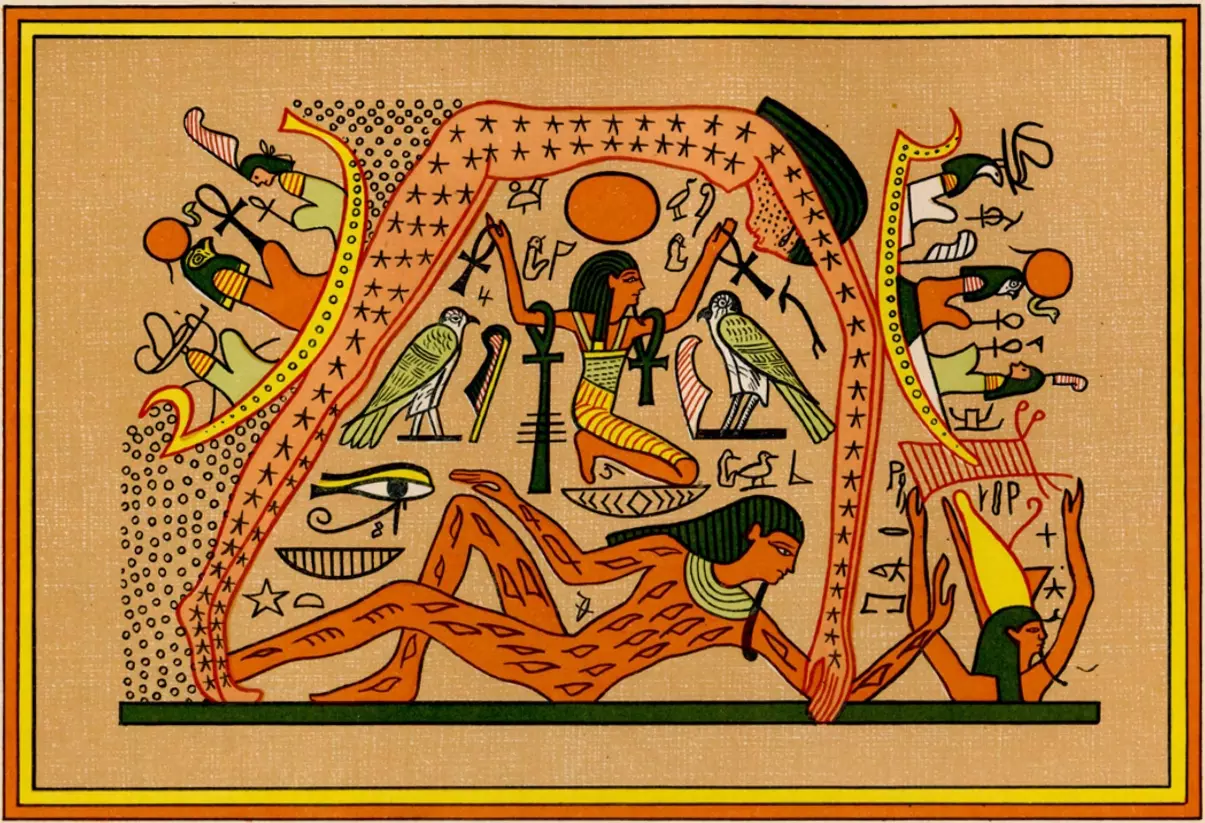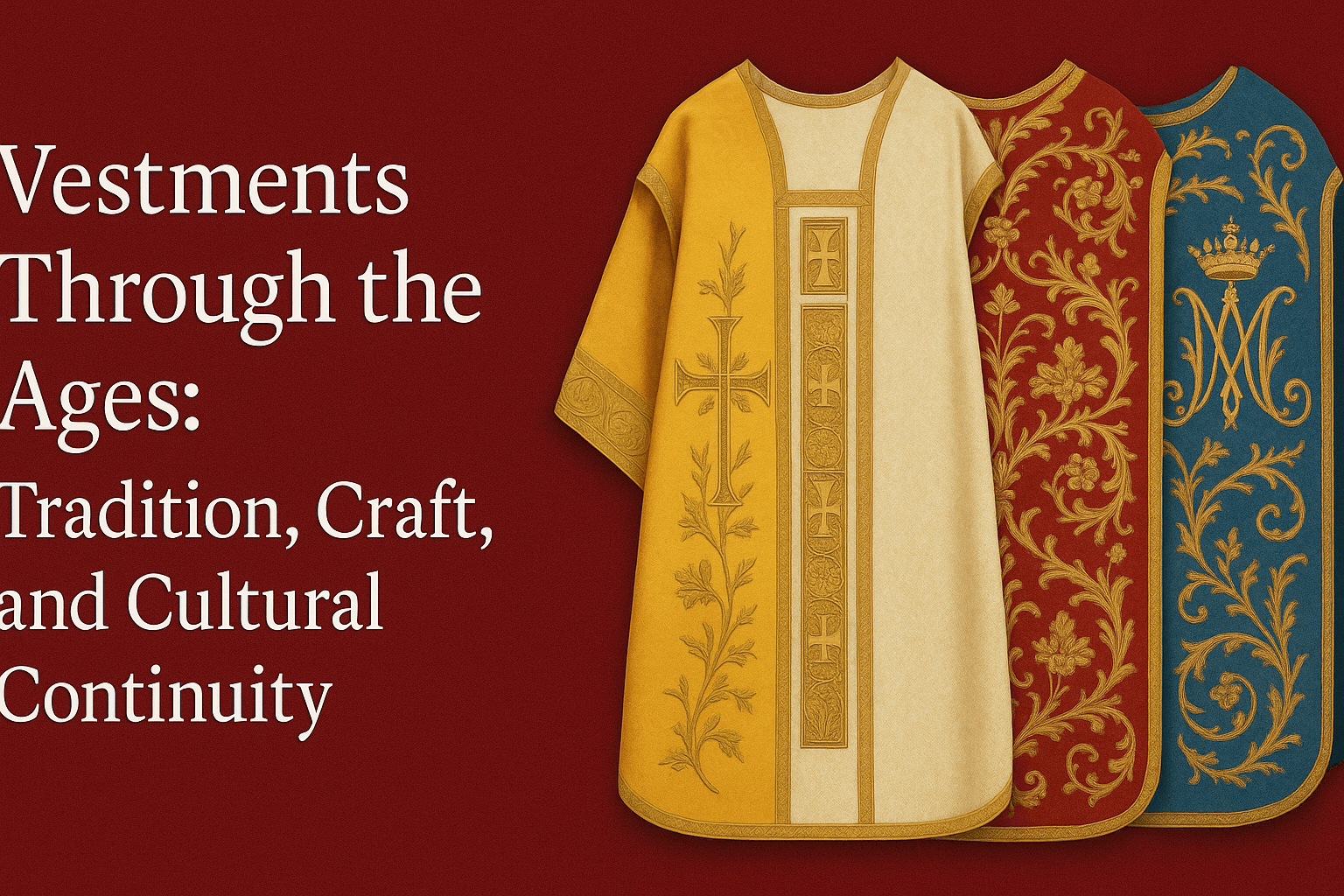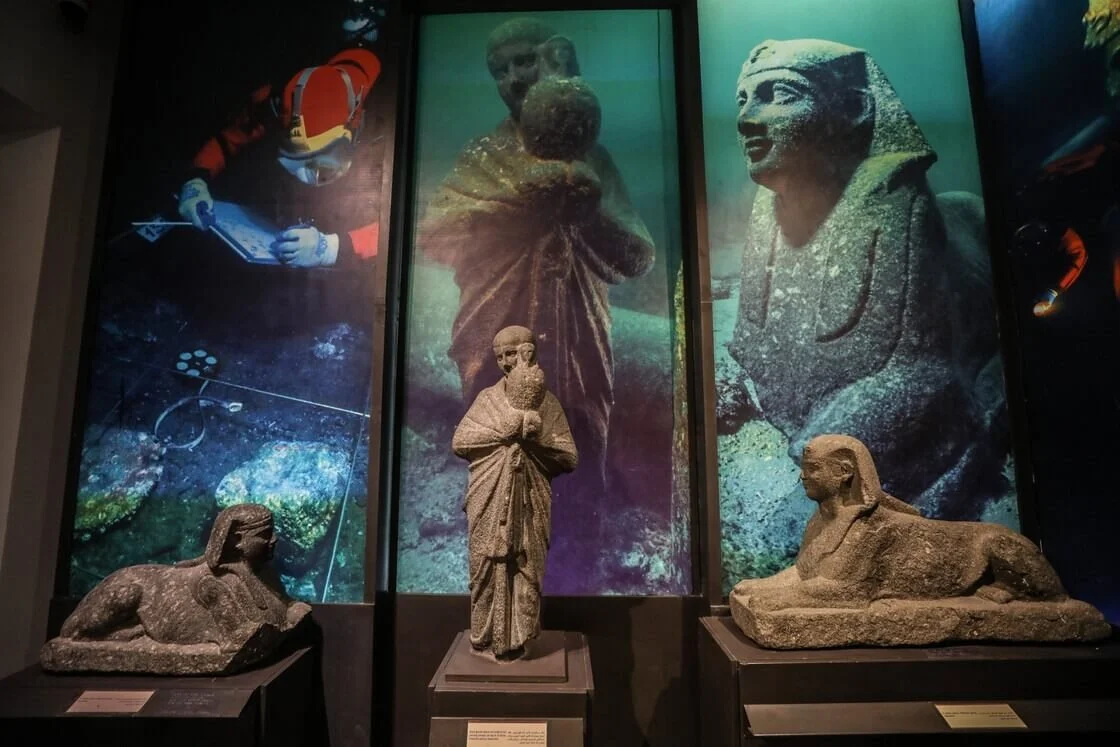In Ancient Egyptian cosmology, Nut, the celestial goddess of the sky, stars, and the universe, has long captivated scholars with her enigmatic symbolism. While her connection to the Sun, Moon, and planets is well-documented, the significance of the Milky Way in Egyptian religion has remained elusive - until now.
A recent study published in the Journal of Astronomical History and Heritage presents a compelling argument that Nut serves as a symbolic representation of the Milky Way. Drawing on ancient Egyptian texts like the Pyramid Texts and Coffin Texts, alongside astronomical simulations, researchers reveal a fascinating correlation between Nut's depiction and the celestial phenomenon.
During winter, Nut's outstretched arms, adorned with stars, coincide with the illuminated path of the Milky Way, while in summer, it aligns with her backbone across the heavens. Associate Professor Dr. Or Graur, an astrophysicist, stumbled upon Nut's connection to the Milky Way while researching galaxies, sparked by his daughters' fascination with the ancient deity.
Dr. Graur proposes that Nut's role in guiding the dead to the afterlife and her association with annual bird migrations parallel similar cultural interpretations of the Milky Way worldwide. This cross-cultural comparison highlights the universal significance of astronomical phenomena in shaping human beliefs and narratives.
By merging disciplines, this research offers fresh insights into ancient Egyptian cosmology while underscoring the interconnectedness of astronomy across diverse cultures, geography, and epochs. Dr. Graur's work marks the beginning of a broader project to explore and catalog the multicultural mythology surrounding the Milky Way, promising further revelations about humanity's enduring fascination with the cosmos.







